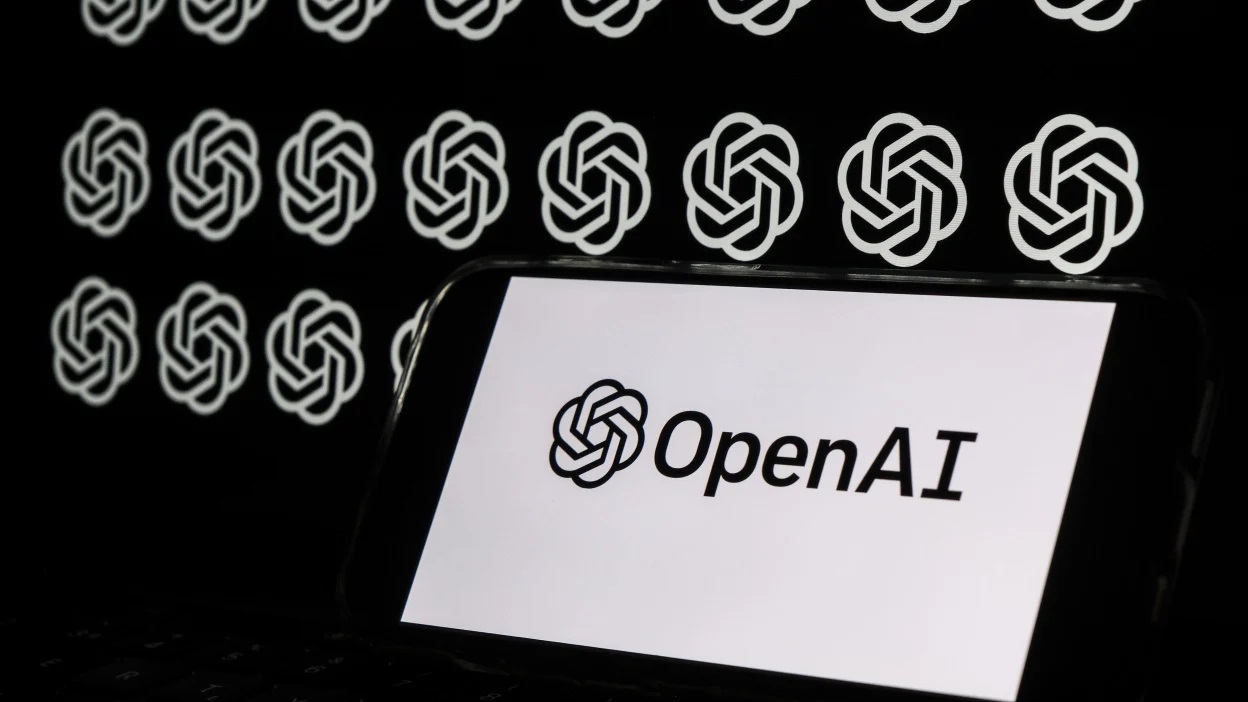OpenAI has introduced Sora, a cutting-edge GenAI model designed to create videos from text inputs. This innovative technology marks OpenAI’s foray into the realm of video generation, following the footsteps of other industry players such as Runway, Google, and Meta.
Key Takeaway
OpenAI’s Sora model represents a significant advancement in video generation technology, showcasing impressive capabilities while acknowledging the need for responsible deployment and ongoing refinement.
Sora’s Capabilities
Sora has the remarkable ability to generate 1080p movie-like scenes with multiple characters, diverse types of motion, and intricate background details based on brief or detailed descriptions or still images. Additionally, the model can “extend” existing video clips by filling in missing details, showcasing its deep understanding of language and the physical world.
Impressive Features
OpenAI’s demo page highlights Sora’s impressive features, including its capacity to produce videos in various styles such as photorealistic, animated, and black and white, with durations of up to a minute. Notably, the generated videos exhibit reasonable coherence, avoiding common pitfalls associated with text-to-video models.
Sample Videos
Several sample videos demonstrate Sora’s capabilities, such as a tour of an art gallery and an animation of a flower blooming. While the model’s humanoid subject videos may have a slightly “video game-y” quality and occasional instances of “AI weirdness,” the overall quality is undeniably striking.
Challenges and Future Plans
OpenAI acknowledges that Sora is not flawless, as it may struggle with simulating complex scenes and understanding specific instances of cause and effect. The company is positioning Sora as a research preview and is actively working to address potential misuse of the technology, emphasizing the importance of engaging with experts, policymakers, educators, and artists to ensure responsible and beneficial use of this groundbreaking technology.







